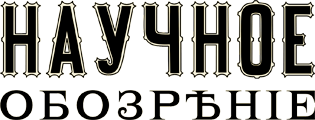Scientific journal
Научное обозрение. Медицинские науки
ISSN 2500-0780
ПИ №ФС77-57452
ISSN 2500-0780
ПИ №ФС77-57452
COMPARISON OF RESULTS MEDICAL REHABILITATION OF SPASTIC MUSCULAR HYPERTONUS IN THE EARLY AND LATE RECOVERY PERIOD OF STROKE
Korolev A.A. 1
1 The Federal State Institute of Public Health «The Nikiforov Russian Center of Emergency and Radiation Medicine» EMERCOM of Russia (197374
In Russia each year about 500000 strokes, with approximately one third of patients who survive a stroke spasticity develops. According to WHO the prevalence of post-stroke spasticity in the world is 200 per 100 thousand inhabitants, spasticity affects more than 12 million patients. Physical activity of the patient after stroke reduces primarily paresis itself but is aggravated by severe spasticity paretic manifestations leveling the remaining muscle strength thereby further reducing the possibility of functional motor. Once developed spastic paresis usually persists throughout the life of the patient. Thus if spasticity persists for a long time, in the absence of treatment develop secondary changes in the muscles, tendons and joints. Analysis of domestic and foreign scientific literature shows that the problem of post-stroke correction spastic muscle hypertonus for years is one of the important places in the practice of neurology and neurorehabilitation. Variety of clinical manifestations of spasticity lack of effectiveness of the currently used treatments require to improve previously proposed and the search for new methods of rehabilitation treatment of this pathology. The paper presents a comparative evaluation of the results of rehabilitation treatment of spastic muscle hypertonus in the early and late recovery period stroke the use of physical therapy, exercise therapy, reflexology and botulinum therapy.
 science-review.ru
science-review.ru